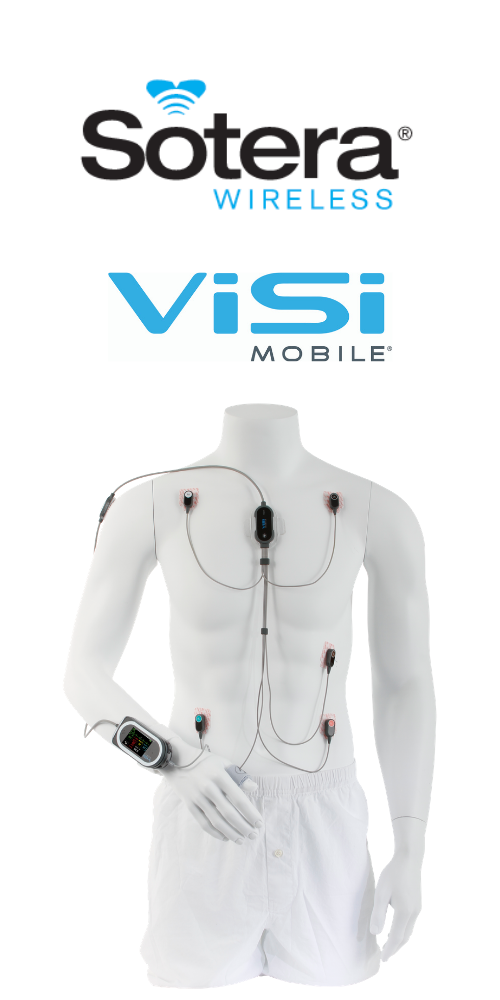Top Continuous Vital Sign Monitoring Device Reduced Unexpected ICU Admissions
What if you could monitor your patient’s vital signs constantly, without being in the room, or restricting their mobility? This new study hints at the possible benefits and provides an evidence-backed look at continuous wireless monitoring devices.


Published in the British Journal of Anesthesia, the results include the outcomes of thousands of patients over several years. The study shows that the number of unplanned ICU admissions, as well as the number of rapid response team calls, were significantly higher during the period without continuous wireless vital sign monitors.
By linking the continuous vital sign monitoring devices to hospital networks, medical staff were frequently made aware of patient issues before the patients had time to destabilize to where they required emergency measures. In a high percentage of cases, the need for emergency intervention was preceded by an alarm through the monitoring systems.
The monitoring devices continuously and non-invasively track your patient’s blood pressure, SpO2, heart rate, pulse rate, skin temperature, respiration rate, and ECG. The monitors also include posture information and detect falls or arrhythmias.
Unlike traditional patient monitoring devices, they are not attached to large machines and allow your patients to maintain their mobility both in their rooms and throughout the hospital. The devices have a monitor that attaches to your patient’s wrist, and several sensors that attach to their thumb, shoulder, and chest.
The recent study joins a growing body of evidence that suggests that continuous vital sign monitoring can significantly improve patient health outcomes. The full list of completed studies can be found and downloaded from the Sotera Wireless website, including papers from the Mayo Clinic and Johns Hopkins University. Learn more at https://www.soterawireless.com
An excerpt from the study reads: “The principal finding of this study was that continuous monitoring of patient vital signs using wearable monitoring technology linked wirelessly to hospital systems was associated with a reduction in unplanned ICU admissions and rapid response team calls. The continuous monitoring intervention was also associated with a reduction in the number of rapid response team calls which resulted in admission to ICU.“
The ability to continuously, wirelessly, and non-invasively monitor your patient's vitals has important implications and obvious benefits. Aside from freeing up medical staff from the tedious task of constantly monitoring vitals in rotation, evidence shows it is likely to provide significant improvements to overall patient outcomes, and it likely won't be long before the devices are considered part of standard care around the world.
Visit https://www.soterawireless.com/evidence-0 to see the growing body of evidence related to wireless continuous vital sign monitors.

